What I learned about human trafficking in BC and Canada
Guest post by Amy Aed
Having recently moved from Wales to Canada to study, I was talking to a group of strangers that I had met on the bus about a recent online date which had resulted in me hopping right into a stranger’s car before he drove us off to the mountains.
Halfway through my recount where I was joking about how my parents back home would go mad if they knew, the girl beside me cut in.
“Honestly though Amy, that’s so dangerous! Didn’t you know that BC is the human trafficking capital of Canada?”
I think that it probably goes without saying that no, I didn’t.
Doing the research
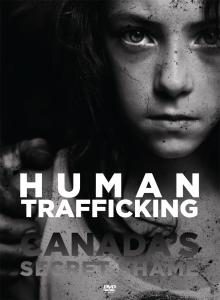
When I arrived home, I decided to do some research into the facts of human trafficking in Canada. I was able to learn that BC was not among the top human trafficking provinces in Canada (Ontario comes out on top). In fact, British Columbia’s Office to Combat Trafficking in Persons was formed in 2007, making BC the first province to address human trafficking in a formal manner.
I was hungry to learn more. After contacting Larissa Maxwell, director of Anti-Human Trafficking Programs (Deborah’s Gate Residential Program, New Hope Outreach Services, Living Hope Life and Living Skills Program, Refresh Barista Employment Training Program, Renew Mental Health and Addictions Program), and I was horrified by what I discovered.
Human trafficking is the fastest growing industry in the world, and the third most lucrative criminal enterprise – with annual profits as high as $36 billion per year. Canada has been identified as both a transit and a destination point for human trafficking, with 531 human trafficking specific charges laid between 2005 and 2018. Out of these, 510 are domestic, primarily in the form of sexual exploitation (with forced labour coming second).
Who’s being targeted?
I asked Maxwell about the type of people that perpetrators target, and the answer was unsurprising — they target the vulnerable. Those who may have an unmet core need — be it in the form of housing, unemployment, drug addiction, or a need for love, acceptance, and belonging — are those most at risk.
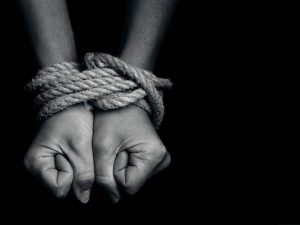
Perpetrators draw their victims in with gifts and other incentives, offering a false promise to fulfil their needs. A cycle of reward and punishment (namely by violence and addiction) is established once they have offered a small amount of said promise, rendering the victim compliant and easy to manipulate.
Whilst there are no concrete ways to know if someone is being potentially recruited or exploited, there are several warning signs to look out for.
Recruiters typically have an age difference facilitating a power dynamic over the victim, and seek to isolate their victim from others. When someone may be being trafficked, there are several things to look out for. These include a person who:
- is without ID
- may have tattoo branding of their perpetrator’s name (or a gang name/ symbol)
- has a debt they ‘owe’ to the employer
- is required to offer sexual or labour services 24/7
- has paid a recruitment fee to get a ‘job’
- has a script they seem to read off
- is paid well below the minimum wage or under the table
- can’t go out alone or access a supportive service alone
- has pornographic material of them available online
- is under the age of 18
As to the reason why people become perpetrators of human trafficking, it is still unknown. It is evident, however, that they often come from difficult backgrounds and benefit greatly from making thousands of dollars off each victim.
How do we help end it?
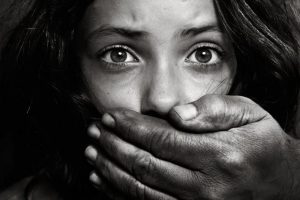 There is a large demand from the public for cheap labour and paid services, which in essence creates human trafficking. If we truly want to end human trafficking, we must first address this demand.
There is a large demand from the public for cheap labour and paid services, which in essence creates human trafficking. If we truly want to end human trafficking, we must first address this demand.
We must advocate for the rights of Temporary Foreign Workers and for the rights of children in care. We can speak up if we are aware of a youth (under 18) engaging in sexual exploitation of any kind, and report it to the Ministry of Children and Family Development, Cybertip, or Crime Stoppers. Finally, we should support agencies working in this area to prevent, intervene, and provide trauma sensitive recovery to those affected.
Needless to say, I won’t be stranger-car-hopping again in the near future.
Learn more at UVic
If you’re interested in learning more about human trafficking, it’s covered in the gender studies course GNDR 302 – Sex Work, Trafficking and Human Rights. Also, Dr. Annalee Lepp in the gender studies department studies human trafficking in Canada and the policies and practices that attempt to combat it.


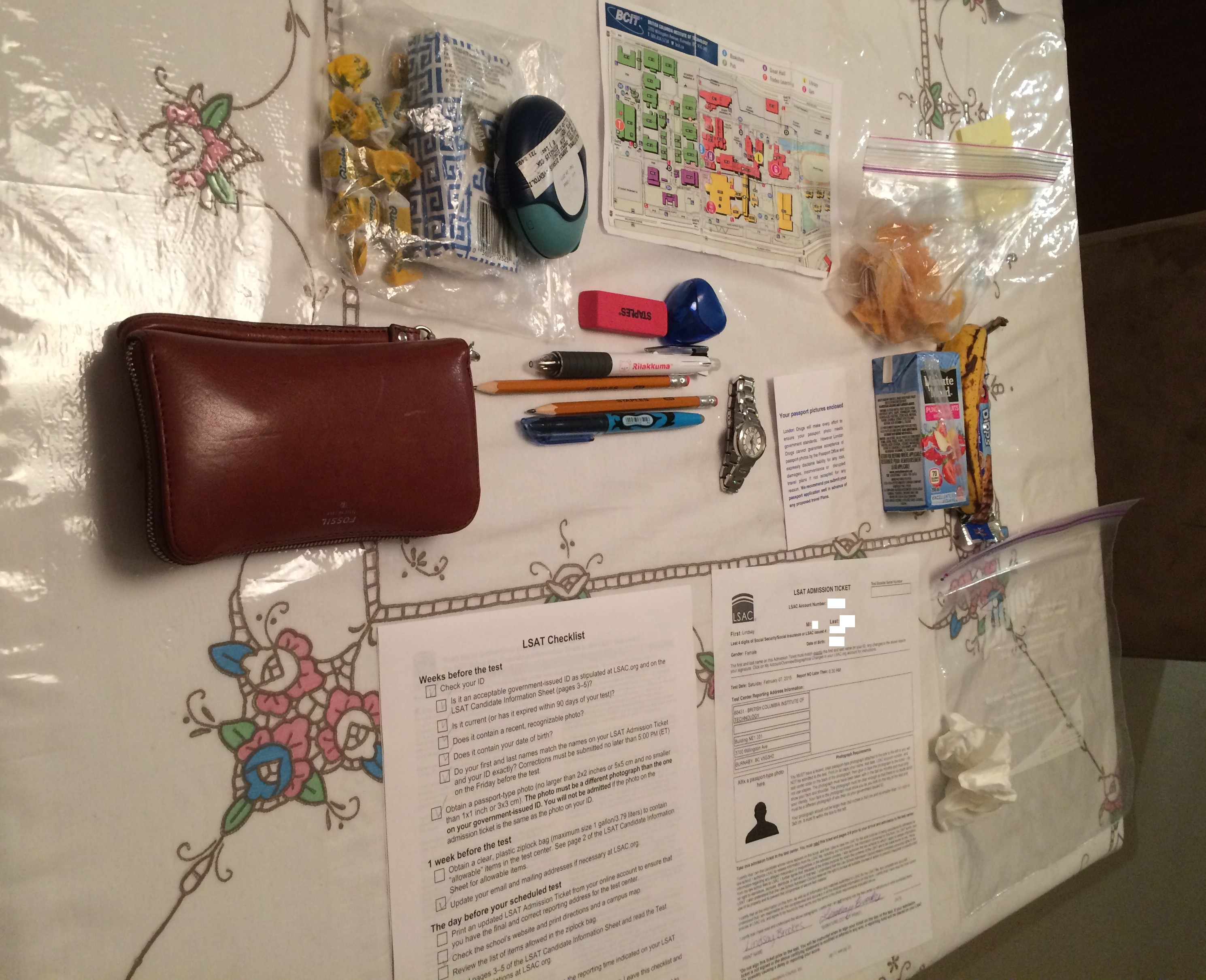
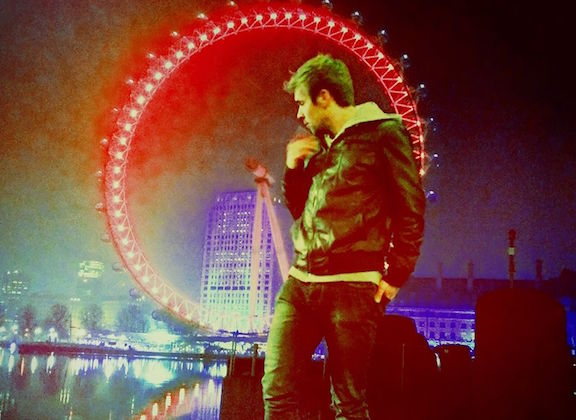
What happens to the people how often are they freed
This article is actually very false. BC does have the highest rate of human trafficking in all of Canada and is the only province doing very little about it. The OCTP has no recent information even. The last publication they did was back in 2015/16. Ontario is of the provinces that are actually trying to reduce this crime. BC on the other hand has politicians fighting to repeal the Protection of Communities & Exploited Persons Act which actually protects victims and criminalizes the buyer. I understand this post was from a couple of years ago but it would be good to correct this misinformation on your site. People in BC need to not just be aware of human trafficking but we need to be doing everything we can to stop it. Traffickers are targeting our children as young as 10 years old through social media platforms. It has to stop.